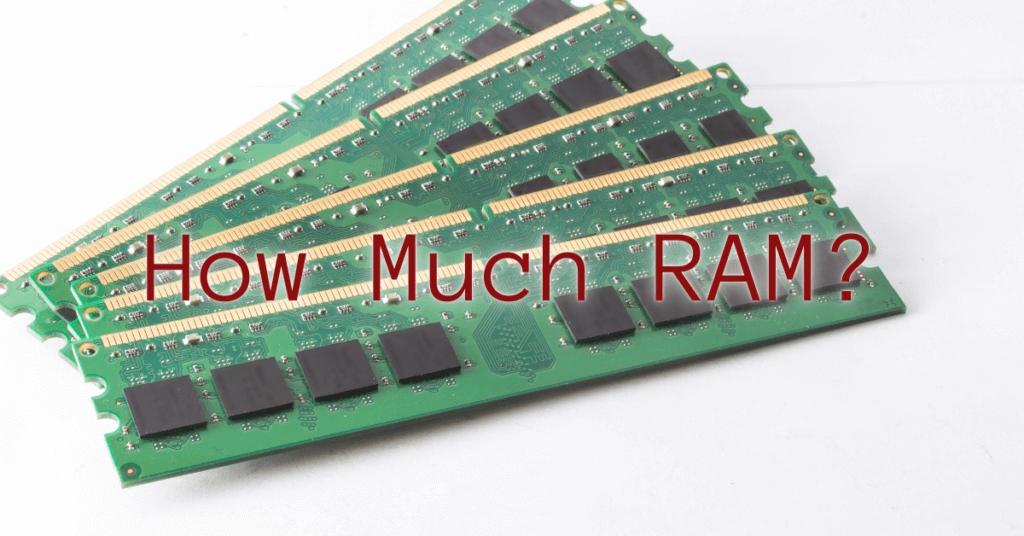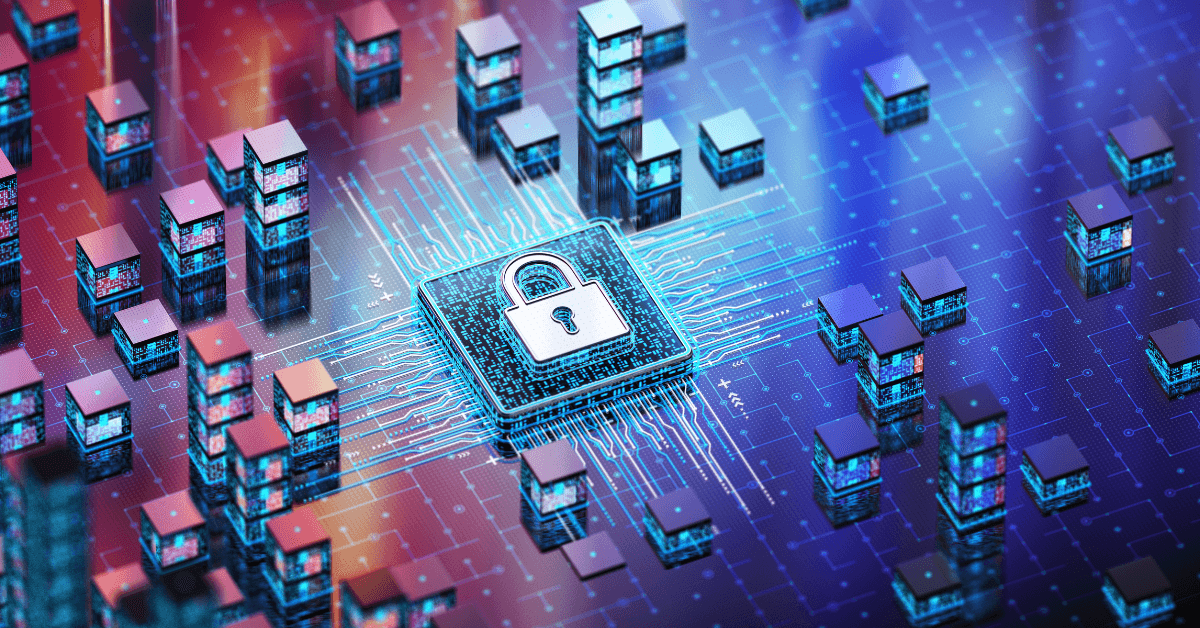Table of Contents
ToggleRAM, which stands for Random Access Memory, is a critical component of your computer that directly affects its performance. RAM is the short-term memory of a computer where active tasks and processes are stored temporarily. It is much faster than your hard drive or solid state drive, which means it can quickly feed your CPU with data to run applications efficiently. The more RAM your computer has, the better it manages multiple tasks simultaneously and handles resource-heavy software without bogging down.
Key factors to know about RAM:
- Volatile memory: Any data stored on RAM is lost when the machine is switched off.
- Speed: RAM speed is measured in MHz, and faster RAM can improve overall system responsiveness.
RAM Requirements by Usage
Different types of computer usage require varying amounts of RAM. Here’s a quick breakdown of what might suit your needs:
- Basic Tasks:
- Web browsing
- Word processing
- Recommended RAM: 4GB-8GB
- Gaming:
- AAA Titles
- Online Multiplayer
- VR Experience
- Recommended RAM: 8GB-16GB
- Content Creation:
- Video Editing
- 3D Modeling
- Graphic Design
- Recommended RAM: 16GB-64GB or more
The above recommendations are general and may differ based on the specific software requirements and the intensity of the tasks.
Factors Affecting RAM Usage
The operating system you choose, such as Windows, can have a significant impact on your RAM needs. Modern operating systems are designed to utilize more RAM to provide a smoother experience. Additionally, applications frequently receive regular software updates which may increase their resource consumption over time.
Some variables affecting RAM usage:
- Operating System: Newer versions tend to require more RAM.
- Software Updates: As features are added, resource requirements can rise.
- Multitasking: Running multiple applications simultaneously increases RAM usage.
Balancing Cost and Performance
Upgrading your computer’s RAM can be a cost-effective way to improve performance, especially if your system is slow or struggles with multitasking. However, the benefits must be weighed against the cost of the upgrade and potential other bottlenecks in your system such as an outdated CPU or slow storage drive.
Considerations for a cost-benefit analysis:
- Current System Limitations: Identify if RAM is the bottleneck.
- Future Needs: Predict if anticipated software will require more RAM.
- Cost: Match your budget with the best available options.
Can You Upgrade Your RAM?
Not all computers have the option to upgrade RAM, but many do. You can usually find out if yours is upgradeable through a troubleshooting guide or manufacturer’s manual. If you determine that an upgrade is possible, make sure you’re aware of what type of RAM is compatible with your motherboard and the maximum amount of RAM your system can support.
Key steps in upgrading RAM—aimed at boosting computer performance—include the following:
- Check compatibility (type and speed of RAM).
- Backup important data.
- Follow safe handling procedures to avoid static damage.
- Insert the RAM sticks in the correct slots for optimal performance.
RAM and Computer Longevity
Adequate RAM can help in prolonging the lifespan of your computer, as it enables the machine to operate smoothly and handle the increasing demands of modern software. If you’re experiencing frequent system freezes or your computer is unable to keep up with multiple applications open, it could be a sign that you need more RAM.
Performance issues indicating a need for more RAM include:
- Slowdowns when managing open tabs.
- Extended load times for software.
- Poor performance during multitasking.
Additional Resources
Finding quality information on RAM requirements can be overwhelming. For further reading and tips on optimizing your system’s memory, check out our blog. And if you’re looking for personalized advice or assistance with RAM upgrades, feel free to contact us, and let’s ensure your computer is set up for success.
Key Takeaways
| Key Takeaways: How Much RAM Does Your Computer Need? |
|---|
| RAM Overview |
| – RAM is essential for computer performance. |
| – Acts as short-term memory for active tasks. |
| – More RAM allows for better multitasking and handling heavy software. |
| RAM Requirements |
| – Basic tasks: 4GB-8GB. |
| – Gaming: 8GB-16GB. |
| – Content creation: 16GB-64GB+. |
| Influencing Factors |
| – Operating systems like Windows may require more RAM. |
| – Regular software and updates can increase RAM demands. |
| – Multitasking necessitates more RAM. |
| Cost vs. Performance |
| – RAM upgrades should be balanced with costs and other system needs. |
| Upgrading RAM |
| – Not all systems allow for RAM upgrades. Check compatibility first. |
| – Upgrade steps: verify compatibility, backup data, handle safely, and insert properly. |
| RAM & Computer Longevity |
| – Sufficient RAM can extend computer life and handle software demands. |
| – Frequent freezes and multitasking issues indicate needing more RAM. |
| Additional Resources |
| – Visit our blog for more RAM optimization tips. |
| – For upgrade guidance, contact us. |




